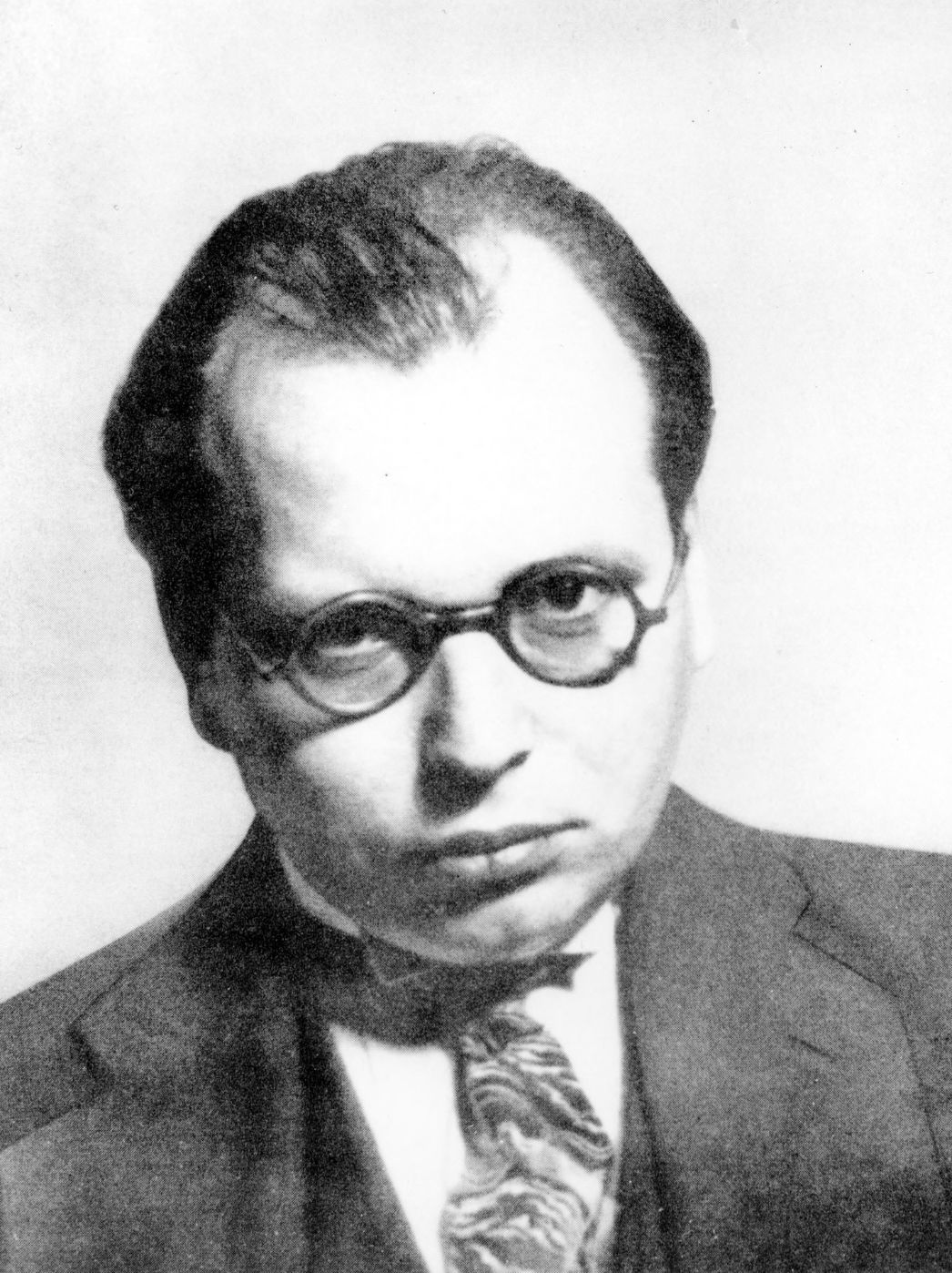
Hans Joachim Albert Litten was born to a Jewish family of German nationalist persuasion in Halle an der Saale on 19 June 1903. Shortly after his birth, the family moved to Königsberg, where his father was a professor and, for a time, dean of the law faculty of Königsberg University. Litten was raised a Christian, but as a teenager turned to Judaism. At school he learned several languages, including Arabic, Sanskrit and Chinese. Rather than linguistics, he studied law in keeping with his parents’ wishes. In addition to his studies in Königsberg, Munich and Berlin, he wrote essays on art and literature. In 1928 he entered service as a lawyer at the court of appeal in Berlin, provided legal assistance to the Workers Relief, also defending workers in conflicts with the National Socialists. In 1931, Litten succeeded in summoning Adolf Hitler before a court in Berlin and exposing him with his questions.
On 28 February 1933, shortly after the Reichstag fire, Litten was arrested. From the Berlin Spandau prison he was transferred to the Brandenburg jail, and then to a forced labour camp in the Esterwegen Moor. Heavy physical labour and torture permanently damaged his health. While in custody, he made repeated attempts to commit suicide. In 1934 he was committed to Lichtenburg Concentration Camp, where he worked in the camp library and the bookbinder’s shop, and also wrote works of his own about Middle High German, art history and the history of literature. In mid August 1937 he was transferred to Buchenwald Concentration Camp, and on 17 October 1937 to Dachau. He walked on crutches. For his fellow inmates he gave lectures on metaphysics, law, literature and art and quoted passages many pages long from memory. All efforts to have him released ‒ to which especially his mother devoted herself ‒ were in vain.
On 5 February 1938, fellow inmates found him hanged in the latrine.


